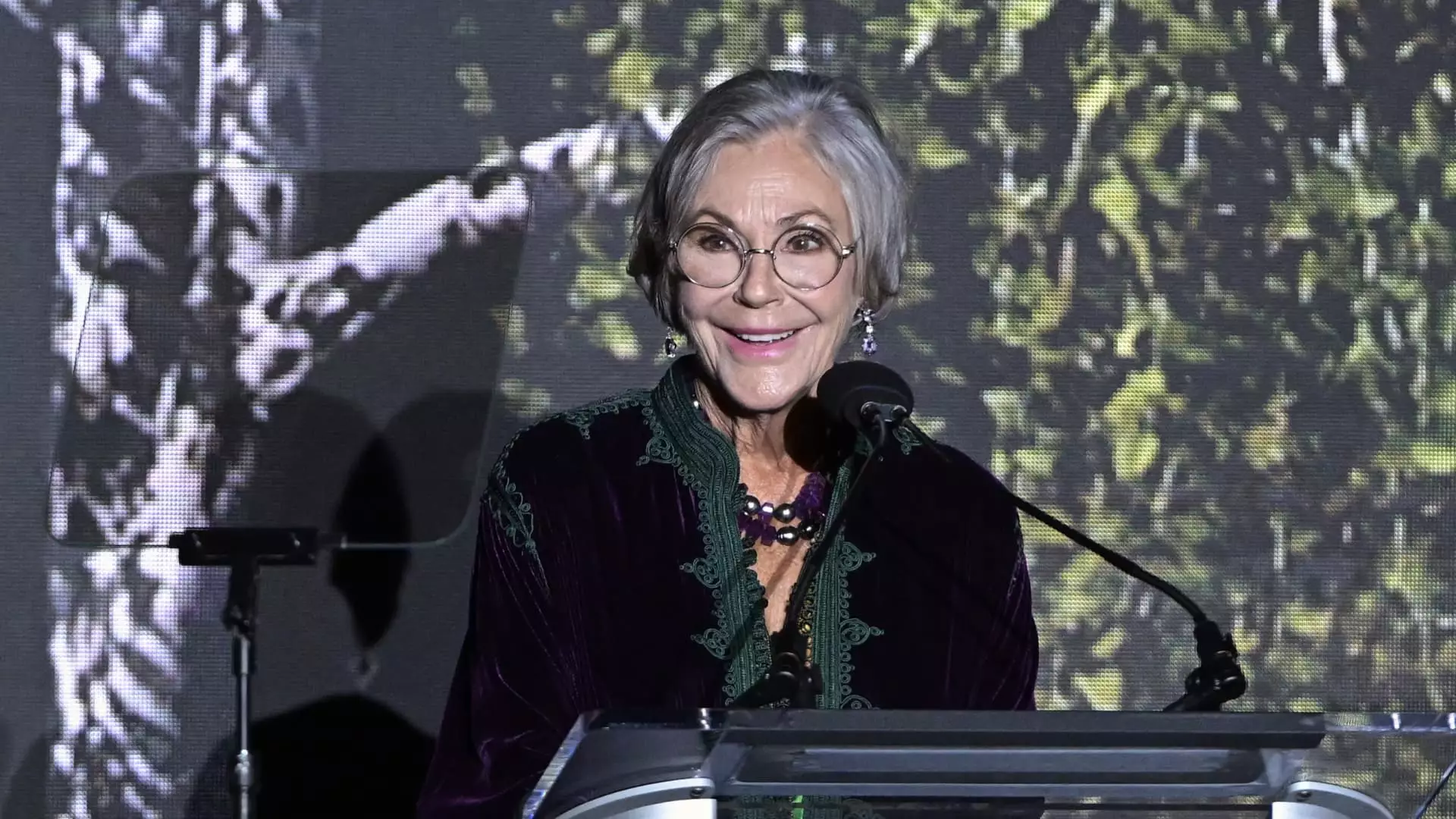As global wealth continues to evolve, an intriguing trend is emerging—the increasing participation of women in the billionaire class. This demographic shift not only changes the landscape of the ultra-wealthy but also signals a transformation in investment strategies, philanthropic motivations, and wealth management styles. Recent findings illuminate these trends and their broader implications, offering a comprehensive view of the modern billionaire landscape.
According to the Altrata Billionaire Census, women now represent 13% of the global billionaire population, amounting to 431 individuals among a total of 3,323 billionaires. This figure, while seemingly modest, suggests a gradual and significant progression in the inclusion of women in elite financial circles over the past decade. Young entrepreneurs, changing societal norms, and the impending wave of intergenerational wealth transitions have all played pivotal roles in this shift.
Interestingly, a large portion of female billionaires—approximately 75%—have inherited their wealth, with 38% relying entirely on inheritances. This stark contrast to male billionaires, of whom only 5% have inherited their fortunes, raises questions about the conditions facilitating wealth creation for different genders. Prominent examples such as Alice Walton, Julia Flesher Koch, and Françoise Bettencourt Meyers reveal the power dynamics related to legacy and inheritance, alongside the broader economic implications of these wealth transfers.
The anticipated “Great Wealth Transfer,” estimated at $30 trillion over the next decade, further suggests that inheritances will continue to shape the financial power structures for women, reshaping the future of wealth distribution.
One of the most notable distinctions between male and female billionaires lies in their philanthropic inclinations. Women invest substantially more time and resources into nonprofit initiatives, with nearly 20% dedicating most of their professional energies to charitable organizations—compared to a mere 5% of their male counterparts. This trend highlights a potential connection between inherited wealth and a propensity for philanthropic engagement, particularly in areas focused on social justice and welfare.
As women wield increasing financial power, it is crucial to consider how their focus on community-oriented giving could influence societal challenges. Women’s contributions to philanthropy are potentially reshaping not just the nonprofit sector but also how wealth is perceived as a tool for social good.
When it comes to investment portfolios, significant differences emerge between billionaires of different genders. Female billionaires tend to have a higher percentage of wealth in private holdings (35%) compared to their male counterparts (28%). Furthermore, their portfolios lean towards more liquid assets and cash (39% versus 30%). Conversely, male billionaires are disproportionately invested in stocks, likely influenced by the presence of dynamic tech entrepreneurs leading IPOs.
These financial behaviors can be attributed to differing priorities and risk appetites. The female approach may be more cautious and focused on stable returns, while male billionaires, often linked with a culture of high-risk investments, possess a greater portion of their wealth tied up in stocks.
Gender divides extend into pursuits of luxury and leisure as well. Female billionaires are more inclined to invest in high-value real estate and art, showing a preference for tangible, aesthetic assets. Interestingly, they are 1.5 times more likely to own real estate valued at over $10 million, a testament to their interest in quality living environments.
In contrast, male billionaires often indulge in luxury vehicles and recreational items—including yachts and private jets—with a pronounced inclination towards toys that signify status. A striking statistic shows that men are 3.8 times more likely than women to own cars valued at over $1 million.
Hobbies further underline the differences between male and female billionaires. Philanthropy is the most prominent interest among women, with 71% citing it as a key hobby. For men, sports dominate leisure activities, also at 71%. Additional engagement in arts, education, and travel by women contrasts sharply with men’s interests in aviation and politics, suggesting broader societal roles that women are beginning to embrace.
The increasing number of women in the billionaire class represents a significant cultural and economic shift. As they accumulate wealth and reshape philanthropic priorities, women are poised to redefine legacy-building practices and wealth management philosophies in unprecedented ways. By understanding these trends, stakeholders can prepare for a future where the narrative surrounding wealth is increasingly inclusive and socially responsible, reflecting a diverse set of values and aspirations.

